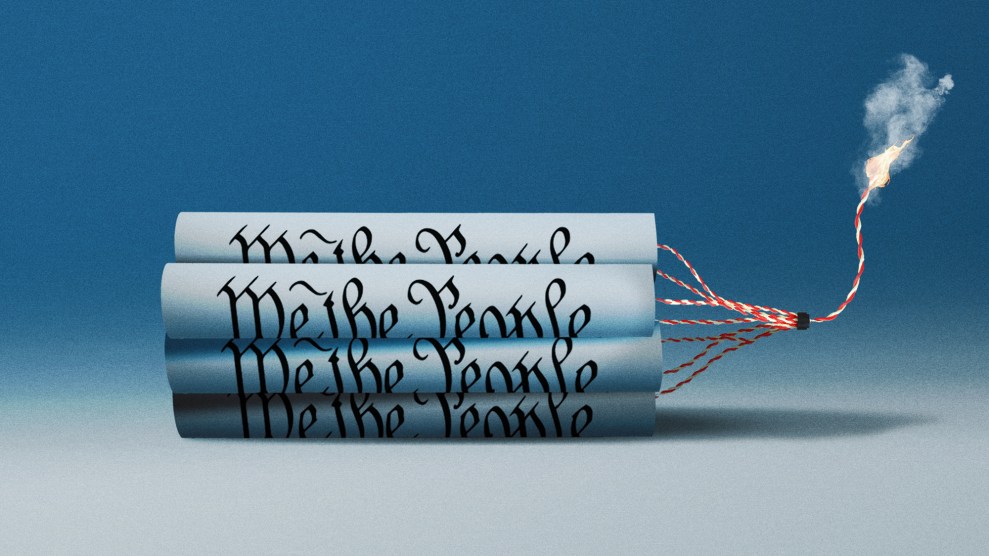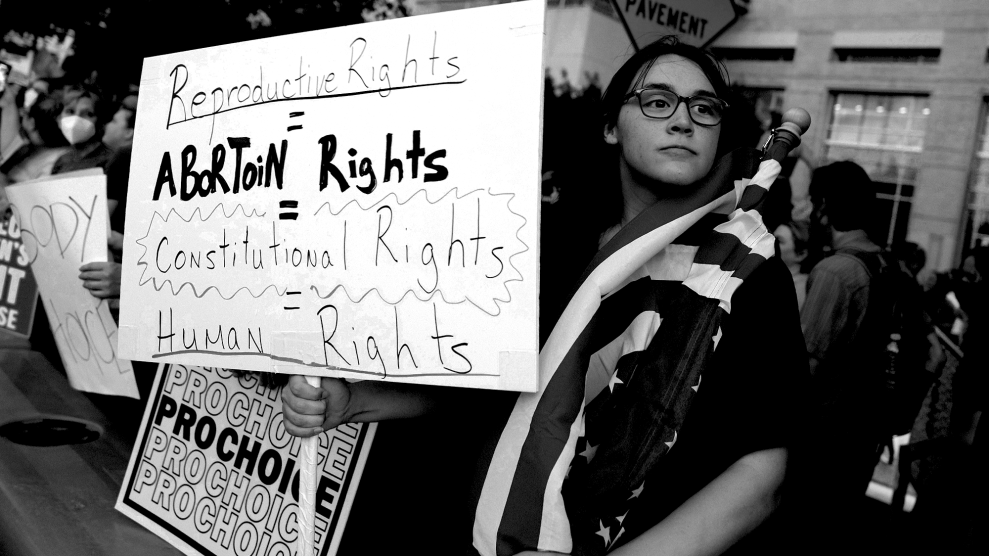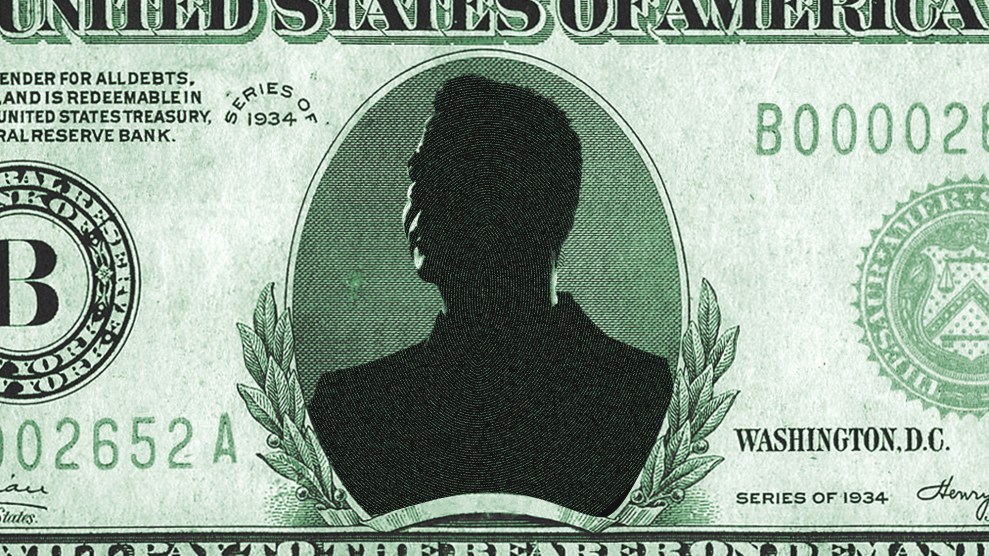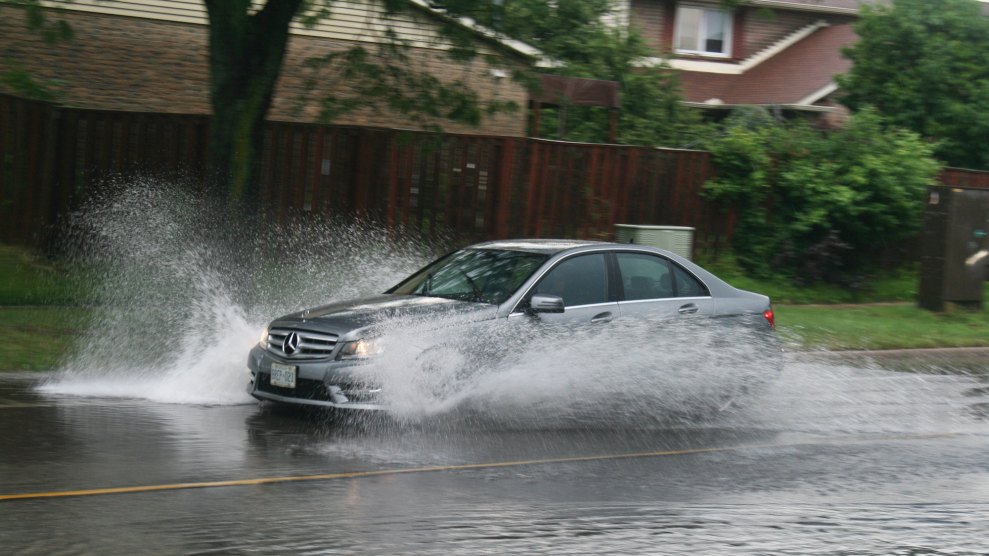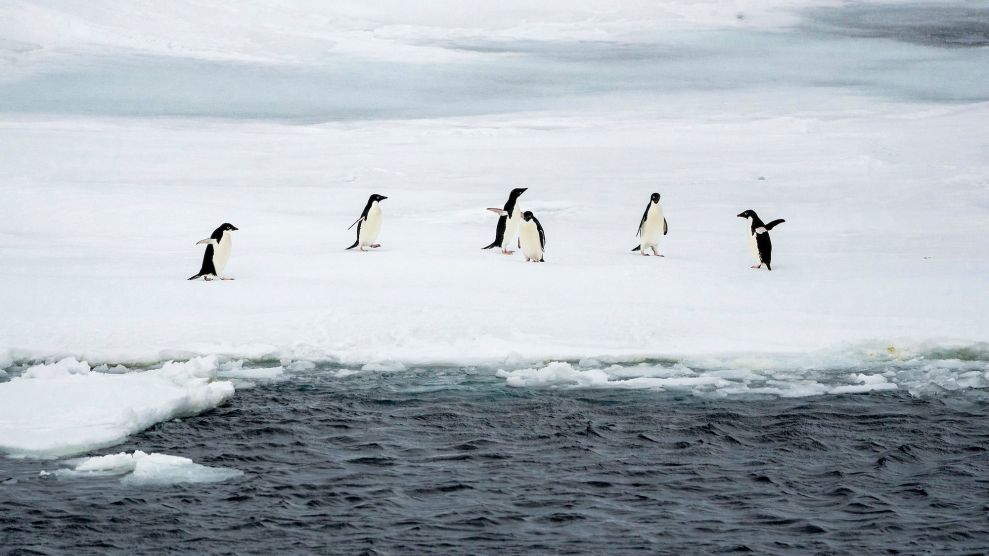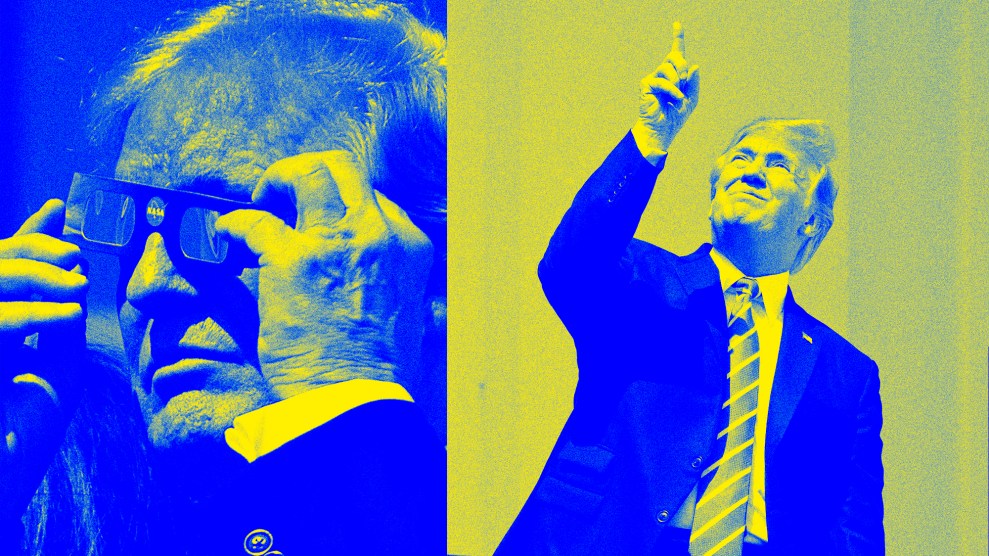In 1916 Albert Einstein published a new theory of gravity, which we now call the the General Theory of Relativity. However, although it relied on wildly different mathematical underpinnings than Newton’s familiar theory, it predicted virtually the same results. So how was it possible to prove that one or the other was correct?
There were three possibilities at the time. The first was the perihelion of Mercury, which Newton’s theory got wrong. Einstein got it right, but then, he knew the answer he was looking for beforehand. He wouldn’t have published his theory in the first place if it didn’t produce the right result. So that hardly counts.
Second was the red shift of light. But in 1916 this was very difficult to measure, and anyway, not everyone agreed about what Einstein’s theory actually predicted. So that was out.
Third was the bending of light due to gravity. That could be measured, and Einstein himself had produced a precise prediction for the bending of starlight as it passed near the sun. Now we’re talking!
So in 1919, with World War I safely over, the famed astronomer Arthur Eddington set out to measure the deflection of starlight near the sun. In principle, this was simple. First you wait for a total eclipse to come around and you take a picture of the stars near the sun. Then you wait a few months and take a picture of the same stars at night. Finally, you overlay the plates on top of each other. On the picture taken during the eclipse, the apparent position of the stars near the sun should be offset a bit thanks to gravity, while the stars farther away from the sun should be offset much less. Here’s a stylized representation of what you’re hoping to get. The stars in red are from the plate taken during the eclipse. The stars in yellow are from the plate taken months later at night:
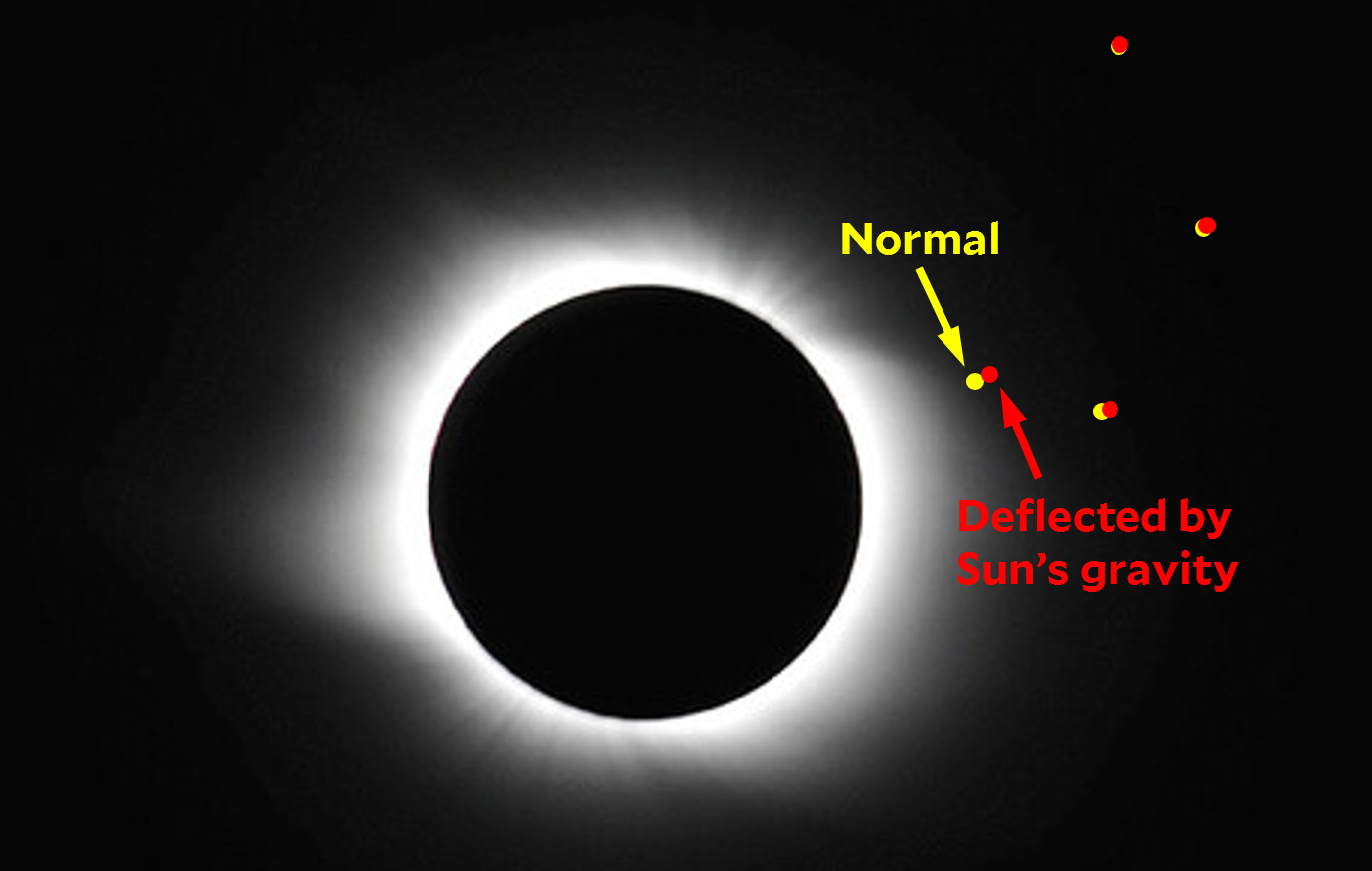
Simple enough! Except that it’s not. If the 1919 eclipse had been visible from the Royal Observatory at Greenwich, that would have been great. In real life, it was out in the middle of nowhere:

But science must be served, so Eddington hauled an astrographic telescope out to the island of Príncipe and set himself up to record the eclipse on May 29. A backup expedition was sent out to Sobral with two telescopes.
Now, these were smallish telescopes. And they didn’t have motorized mounts to account for the earth’s rotation. And, sadly, Príncipe was covered with clouds on the big day, so Eddington got only two usable plates out of 16, both of poor quality.
In Sobral they had a little better luck. The sky was mostly clear, and they got eight good images from their astrographic telescope. They also got 18 images from a 4″ telescope, but all of them were of poor quality.
So how did things turn out once the pictures were all taken, the plates were developed, and the overlays were done? Here’s what Eddington presented to the world:

There are several problems here. First, the resolution is poor. Second, there are only five visible stars on this plate, and for technical reasons they really needed six. Third, it sure doesn’t look like the offset is bigger near the sun than farther away, does it?
But what we’re really interested in are the raw results. Einstein predicted that stars near the sun would be deflected by 1.7 seconds of arc. Newton’s theory predicted 0.8 seconds of arc. Here are the results:

One of the telescopes seems to support Newton’s theory. The second telescope is close to Einstein’s prediction, but not quite there. Only the third one, based on two really crappy plates, hits Einstein almost on the button. This hardly seems like bulletproof evidence in favor of Einstein. And yet, here’s the famous headline from the New York Times:

That’s science for you. It remains a source of controversy about what really happened. Did Eddington fudge his results, throwing out the observations that failed to support Einstein and keeping the ones that did? Or did he have perfectly sound reasons for eliminating some of the observations and averaging together only the remaining ones—which happened to produce a result very close to Einstein’s prediction?¹ Personally, I suspect that Eddington fudged things because he felt so certain that the General Theory of Relativity was right.
And in the end, it turned out that both Eddington and Einstein were right. Subsequent, more accurate measurements have confirmed the deflection of starlight and several other predictions of general relativity. Still, on the hundredth anniversary of the great eclipse, it’s worth pondering not just the genius of Einstein, but the possibility that Arthur Eddington, acting more as PR agent than scientist, fiddled with his results in order to make sure that everyone accepted Einstein’s theory. It would have been a great scandal if Eddington had been wrong, but history is written by the winners and Eddington, it turned out, was a winner.
¹According to Eddington, the pictures from the Sobral astrographic telescope were all thrown out because of temperature control issues.
UPDATE: The diagram at the top of the post showing the deflection of starlight was originally backward. It’s now correct.






